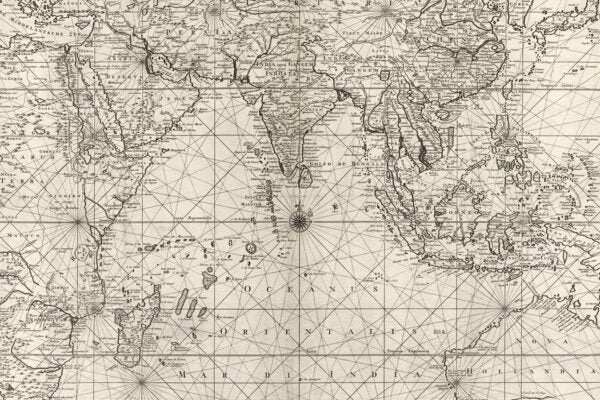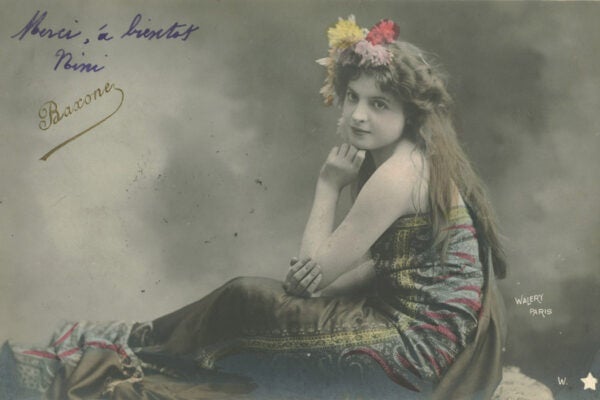A new report called “Lynching in America: Confronting the Legacy of Racial Terror,” documents 3,959 African Americans lynched between 1877 and 1950, over 700 more than previous tallies. The report makes for extremely difficult reading, particularly in light of the universal revulsion felt for the brutal beheadings and immolation committed by ISL/ISIS in Iraq and Syria. The “terror lynching” documented in 20th century America reveals similar acts of barbarism for public consumption. Hanging, torture, dismemberment, burning alive, and castration were done before crowds, often under avowed religious sanction, and were followed by displays of bodies and body-parts.
These acts of savagery pre-dated the internet, but photographs of smiling bystanders next to dangling corpses or those burnt at the stake were distributed broadly, especially in the form of postcards and joke headlines in the local and regional press.
There were people and institutions opposed to lynching from the beginning, of course. One of their struggles was to wrest the definition of lynching away from the lynch-mob and its supporters. Christopher Waldrep details this semantic but very real struggle in the Journal of Southern History. As described by white Southern newspaper editors, lynching was a legitimate and proper response to terrible crimes against local values. Of course, these were alleged crimes, and often little more than pretexts for the real crime of being Black in a racist state that maintained its dominance by terror.
But even within the anti-lynching movement there were debates on how to define a lynching. The question of whether a body burnt after death counted as a lynching was political in every sense. Was a Klan assassination in the middle of the night a lynching? How about a murder committed by on-duty lawmen (moonlighting lawmen were often at the forefront of lynch-mobs). Did it take “three or more” killers to make a lynching, as stated in a major federal anti-lynching bill of 1918? Like the nearly 200 anti-lynching bills introduced in Congress between 1882-1968, it never became law.
At the turn of the 20th century, the NAACP called lynching “murder sanctioned by the community.” But by the 1930s, the NAACP, under pressure from leftist rivals, broadened the definition to include racial killing without community support. Anti-lynching forces got together in 1940 to hash out a mutually agreed-upon definition, lynching as extrajudicial murder carried out by a group, still largely accepted today.
Waldrep ends on a somber note, as any such discussion must: “Racial violence was, and remains, an American horror story.” But, he cautions, it “will never be possible to measure the depth of racial violence in American with scientific accuracy.” Too many names were never recorded.







